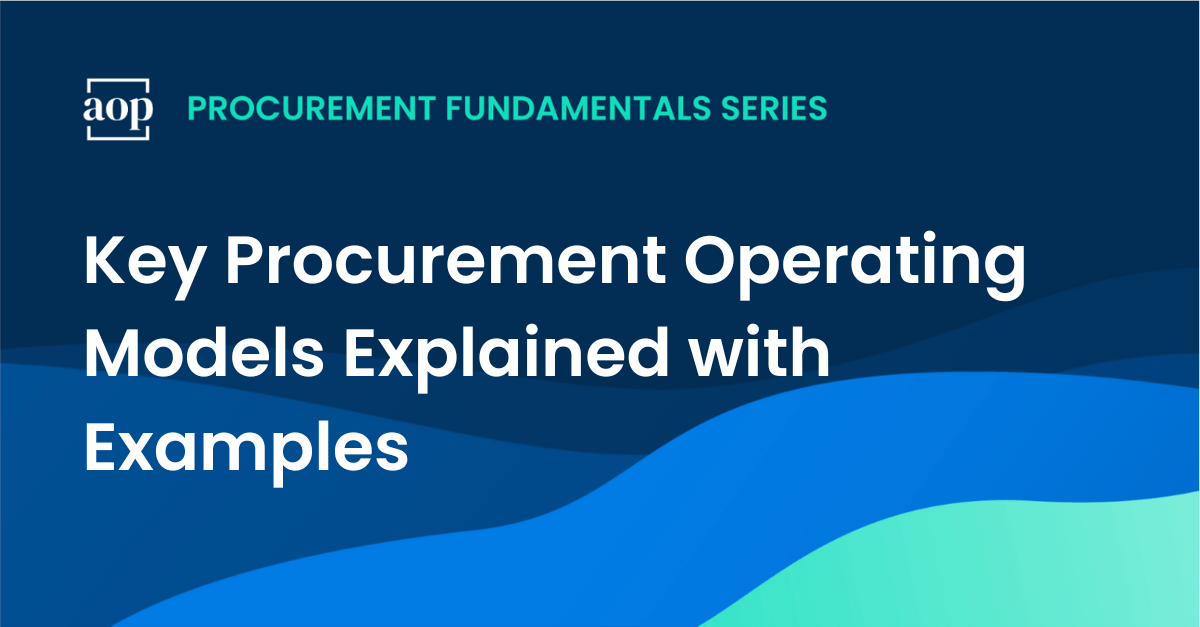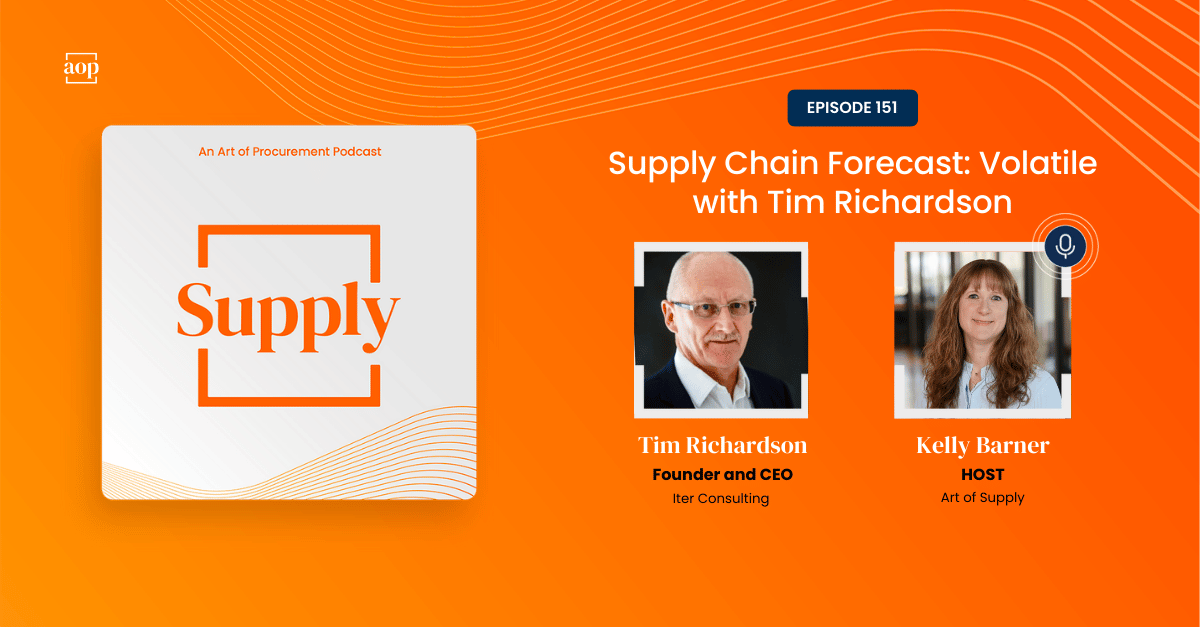Art of Procurement
Search our library of over 1,000 podcasts, articles, and webinar recordings

3 min read
Solving Supply Chain Puzzles: Insights from a Year of Interviews
Kelly Barner: December 19, 2024

5 min read
Key Procurement Operating Models Explained with Examples
Philip Ideson: December 19, 2024

3 min read
The State of Procure Tech: Testing the Limits of What’s Possible
Philip Ideson: December 15, 2024
 Read More
Read More

3 min read
Is Supplier Relationship Management the Key to Procurement’s Success?
Philip Ideson: December 1, 2024













